How do you compare to your peers? What do you use to compare yourself to your peers?
Salary? Speed in a 100m race? Speed in a 10k race? Your education? Your shoe size?
The question I am asking is, are you better than them? Do you need to be better than them? As with most things the answer lies somewhere in the middle. Compared to a friend I may find that one of us is a better sprinter, gamer and dancer, whilst the other earns more, is a better cricketer and a faster long distance runner.
Sometimes in life, however, you meet people who just seem to be better… At everything. They are better looking, went to a top university, are incredible athletes, are wealthy and are probably better dancers than you. No matter what they put their hand to, they seem to be successful. And it is one of these people that we are featuring in the blog today.
Anyone with a keen interest in Blackburn’s history will realise that a few moneyed families dominated public and political life. It is not unusual to find the same surnames popping up and one of the most iconic is Hornby. William Henry Hornby, of whom there is a statue in Blackburn town centre, was a hugely wealthy industrialist who was amongst other things: the mayor of Blackburn, chairman of the Conservative Party and an MP for Blackburn for 8 years. I’m sure you agree that he was a truly impressive gentleman, so then what makes his son, Albert; stand out even more than him.

If only Monkey Hornby was around today. He could have defeated the Aussies with the Lions, and then come home to finish the job in the Ashes
Albert, more commonly known as Monkey, was a good sportsman. In fact, he was an excellent sportsman. He was the only Lancashire player to score a century for the club between 1870 and 1881. He was so good that he captained England at Cricket. He also captained England at Rugby. Even more remarkable was that he achieved both accomplishments in the same year, 1882.
1882. Ring a bell? Yep, the Ashes. Whilst they weren’t known as ‘The Ashes’ back then, it was under Monkey Hornby’s captaincy England lost the infamous game that led to the newspaper article, that led to the urn, that led to…well, you know the rest.
In a way it’s a shame that for all his sporting achievements, outside of Blackburn it is this incident that he is best remembered. Does this tarnish his reputation as a sportsman? I don’t believe it does, he has given the world one of the greatest sporting rivalries of all time. Anyway, what would you imagine the English Cricket and Rugby captain would get up to in his spare time? Gardening? Nope, he managed to play a few games for Blackburn Rovers.
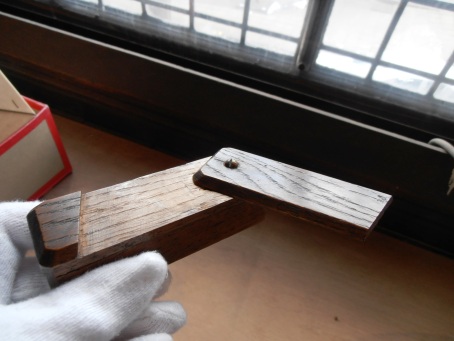
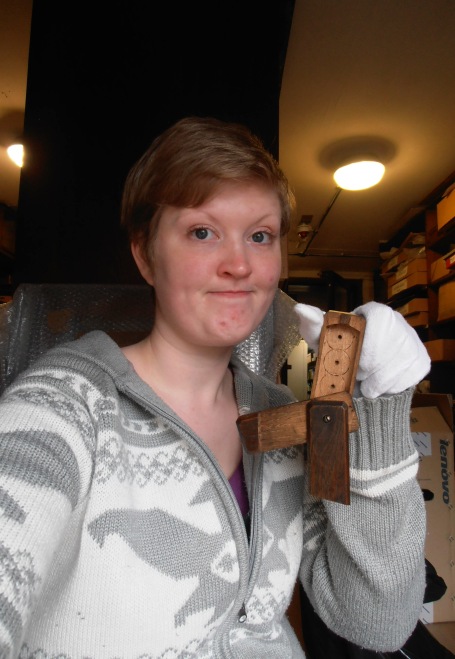
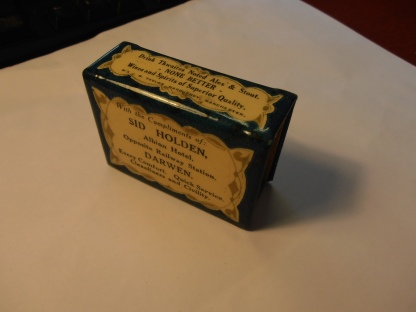
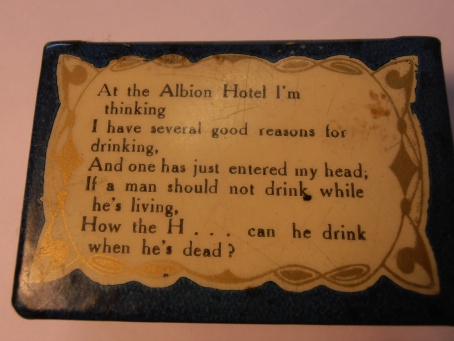
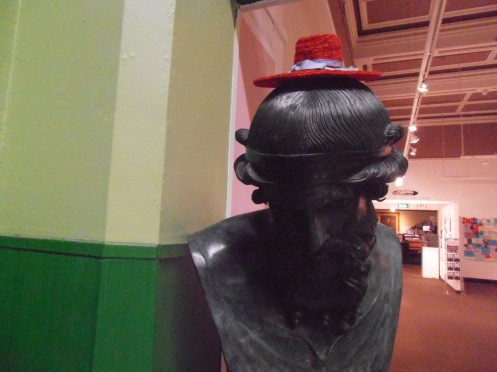
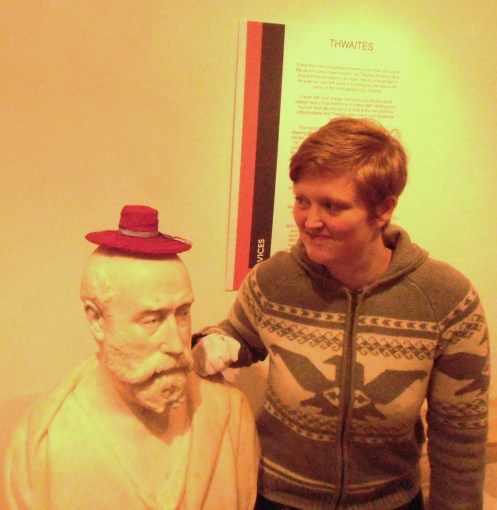








Recent Comments